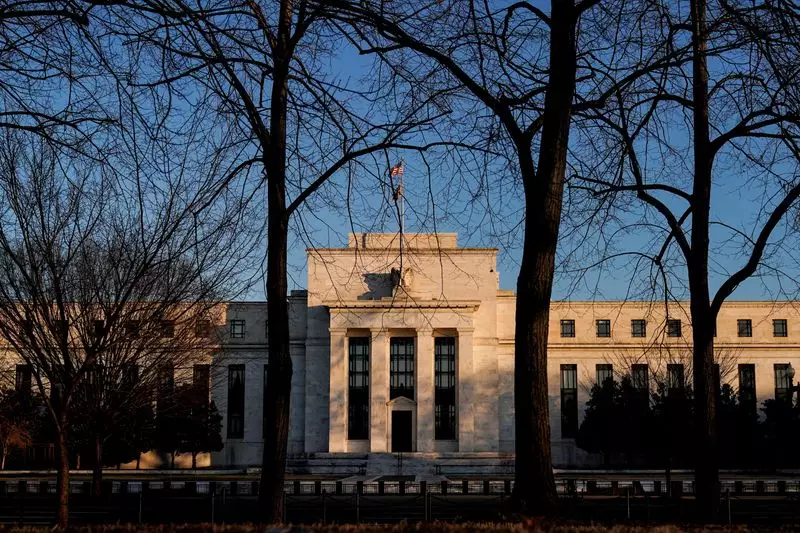As the U.S. economy navigates a complex landscape of inflation and wage dynamics, recent comments from Federal Reserve Governor Lisa Cook provide critical insights into future monetary policy directions. In her recent remarks, Cook emphasized a notable easing of inflationary pressures, linked to a cooling job market and limited price increases predominantly seen in the housing sector. This scenario paints a picture of a gradually stabilizing economy, one in which continued interest rate cuts may be appropriate to foster sustainable growth.
Cook articulated that the latest data suggests an ongoing disinflationary trend, which indicates a potential slowdown in inflation rates without triggering a deflationary spiral. The job market appears to be easing, supporting the notion that economic activity is stabilizing rather than overheating. As inflation falls, Cook’s outlook projects a decline to 2.2% within the coming year, provided the economy maintains its current trajectory of expansion. This forecast sets a cautiously optimistic tone, suggesting that the Fed may soon pivot toward a more neutral monetary stance.
Interest Rate Adjustments: Timing and Magnitude
The central question posed by Cook revolves around the magnitude and timing of future rate cuts. Although she was careful not to commit to immediate policy changes at the next Federal Open Market Committee meeting, she acknowledged that conditions may warrant a realignment of the policy rate. Specifically, the economy’s responsiveness to incoming data will dictate whether the Fed accelerates its reduction of interest rates or decides to pause, particularly in light of any significant shifts in the labor market or inflation expectations.
Currently, the Federal Reserve’s benchmark interest rate is situated at a range of 4.50% to 4.75%. Cook noted that recent actions, which included a reduction of three-quarters of a percentage point, represent significant progress toward diminishing policy restrictions. However, she refrained from defining what a neutral interest rate would look like, leaving that important metric open to interpretation.
Market Reactions and Uncertainties
Despite Cook’s insights, market sentiment around potential interest rate adjustments has become increasingly cautious. Investor confidence fluctuates, particularly in the wake of unexpected political changes, such as the re-election of former President Donald Trump, which introduces new uncertainties surrounding tariffs, tax reforms, and immigration policy. Each of these factors has the potential to reshape growth, employment realities, and inflation trajectories in unpredictable ways.
Moreover, the economy has showcased resilience, with growth and spending metrics that suggest a foundation of stability. This juxtaposition of solid economic indicators against uncertain political and fiscal landscapes creates a challenging environment for decision-making at the Federal Reserve.
As inflation continues to wane and employment landscapes shift, the Federal Reserve faces a pivotal moment in determining its future monetary policy approach. With predictions of easing inflation and a cooling labor market, it is essential for policymakers to remain vigilant and responsive to emerging data. The balance between fostering economic growth and ensuring price stability will remain fraught with challenges as external variables continue to shift. Ultimately, the road ahead necessitates careful navigation through the evolving economic winds to ensure a resilient and sustainable U.S. economy.

